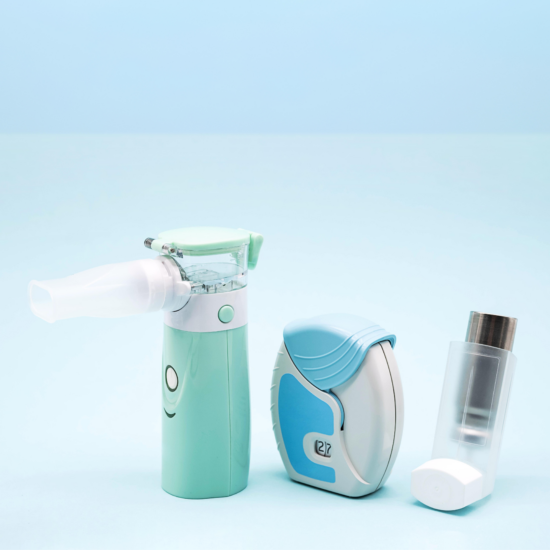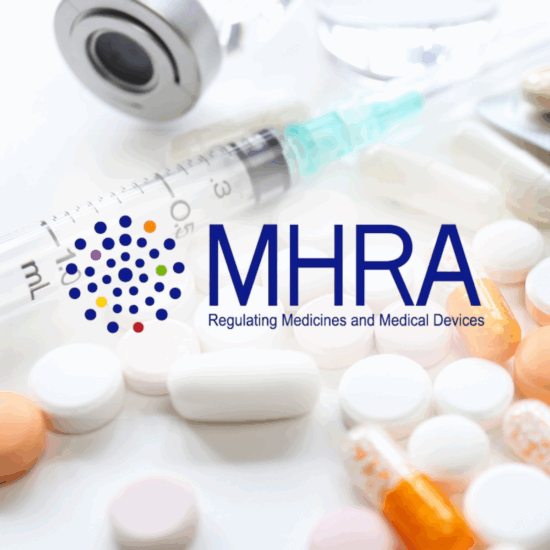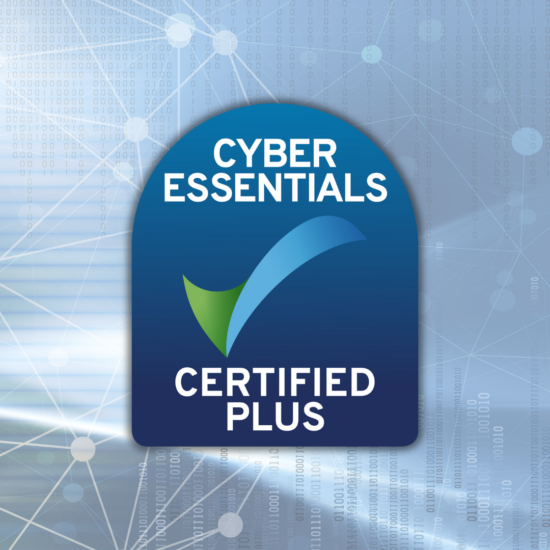MHRA Aims to Make the UK a “Global Leader in Clinical Research”
Published Apr 25, 2025
Published 31st July 2024

The pharmaceutical landscape is continually evolving, driven by advances in science, technology, and regulatory policies. One significant update in this realm is the revised guidance on Pharmaceutical Quality of Inhalation and Nasal Products (commonly referred to as OINDPs, i.e. Orally Inhaled and Nasal Drug Products). This update is issued as a draft guideline with consultation dates 12/04/2024 to 31/10/2024 and aims to streamline the development, testing, and approval processes for these critical medications, ensuring they meet the highest standards of safety and efficacy.
The updated guideline can be found on the EMA website with reference EMA/CHMP/20607/2024. The previous version of the guidance, adopted in 2006 can be found at the same link.
OINDPs encompass a range of products, including inhalers and nasal sprays, designed to deliver medication directly to the lungs or nasal passages. These products are crucial in treating respiratory conditions such as asthma, chronic obstructive pulmonary disease (COPD), and allergic rhinitis.
The bulk of the OINDP guidance is devoted to identifying the pharmaceutical development studies and specification tests required for OINDPs. These are given in the form of detailed tables for each of the studies and tests and their applicability to specific types of OINDPs. Whilst the format remains essentially similar, new sections are included for both inhalation and nasal products on therapeutic equivalence, product information and lifecycle management which largely replace Appendix I and II from the original guidance.
The updated guidance emphasizes stringent quality control measures to ensure the consistency and reliability of OINDPs. This includes more rigorous testing for factors such as particle size distribution, spray pattern/plume geometry, nebuliser delivery rate and total delivered dose and dose uniformity. Enhanced quality control helps in minimizing variability and ensuring that patients receive the correct dosage every time.
The revised guideline requires applicants to provide a complete description of the micronisation process and the in-process controls applied. Commonly, only brief descriptions of the micronisation process are given but with a key focus on particle size for OINDPs, it is not surprising to see this new focus. Also, different polymorphic forms, amorphous content and microbiological quality are discussed in this revised guidance.
Both versions of the guidance cover advanced analytical techniques for characterising OINDPs. Techniques such as cascade impaction, laser diffraction, and next-generation impactors which are highlighted for their role in providing detailed insights into the aerodynamic properties of inhaled particles. These techniques are critical for ensuring that the medication reaches the intended site of action in the respiratory tract. In the revised guidance, the option of using an abbreviated impactor method (AIM) for quality control is introduced. This is a good step forward in helping pharma companies to manage their quality control techniques more effectively with full particle size distributions measured during development and utilising the data from these to develop a robust fine particle dose specification using AIM for quality control.
The updated guidance places a strong emphasis on the use of quality by design during the development phase and risk management throughout the product lifecycle. It advocates for a proactive approach to identifying, assessing, and mitigating risks associated with OINDPs. This includes conducting thorough risk assessments during the development phase and implementing robust monitoring systems post-market to promptly address any safety concerns.
For generic OINDPs, demonstrating bioequivalence to the reference product is essential. The revised guidance provides detailed recommendations on designing and conducting bioequivalence studies. It also addresses the concept of bridging studies, which are necessary when making changes to the product formulation or delivery device. These studies ensure that such changes do not affect the product’s safety or efficacy.
Requirements for demonstration of therapeutic equivalence for orally inhaled products are included in the ‘Guideline on the requirements for demonstrating therapeutic equivalence between orally inhaled products for asthma and COPD’ (EMA/CHMP/101453/2024). This clinical guideline is complementary to and should be read in conjunction with the quality guideline. The clinical guidance has also been redrafted and has been put out for consultation in the same timeframe as the quality guidance.
The original guidance has been updated with new information and requirements which have passed in the 18 years since the first guidance was introduced. The new information is not revolutionary but further complicates the challenges of developing inhaled and nasal products, which were already incredibly complex dosage forms to develop.
CMC Regulatory is closely aligned to CMC development with regulatory guidance focusing on all stages of the drug development process from pre-clinical all the way through to lifecycle development. The DLRC CMC Regulatory team have a number of consultants who have worked in drug development of inhalation and nasal products and also worked as quality assessors for inhaled products in regulatory agencies. As such, we have a rare skillset which can help clients navigate the regulatory and development minefield and have a track record of obtaining approvals for numerous inhaled submissions for clients.
To discuss how DLRC’s award-winning regulatory consultants can support your business and products, contact us via the link below.

Published Apr 25, 2025

Published Apr 11, 2025

Published Mar 27, 2025

Published Mar 25, 2025

Published Mar 06, 2025

Published Feb 26, 2025

Published Feb 25, 2025

Published Feb 03, 2025

Published Feb 03, 2025